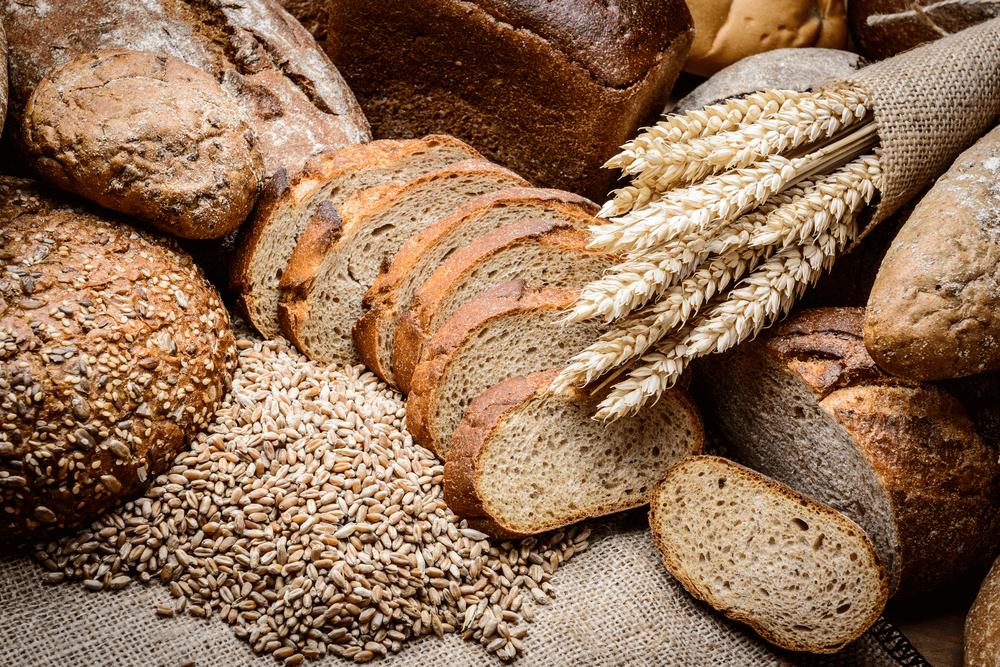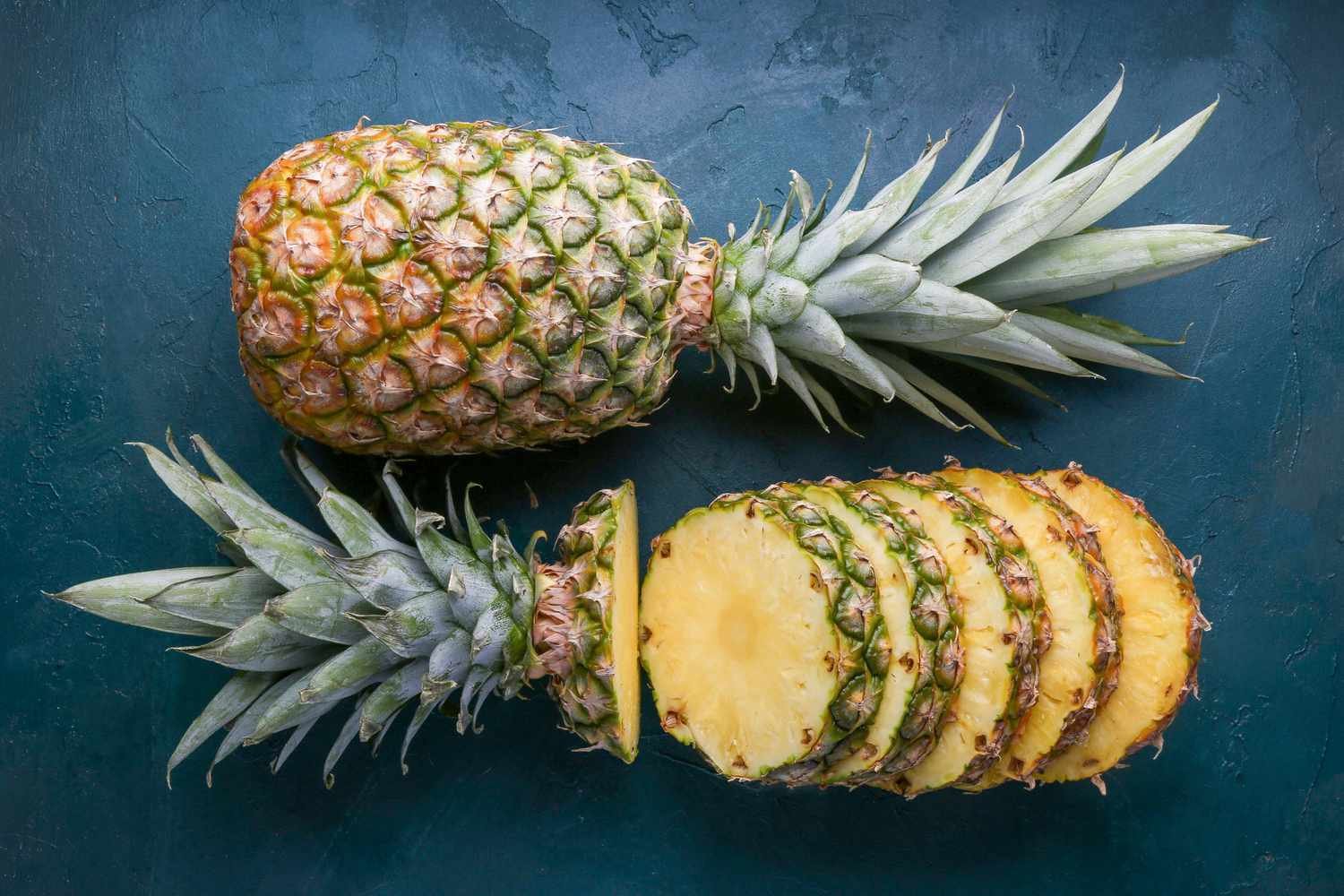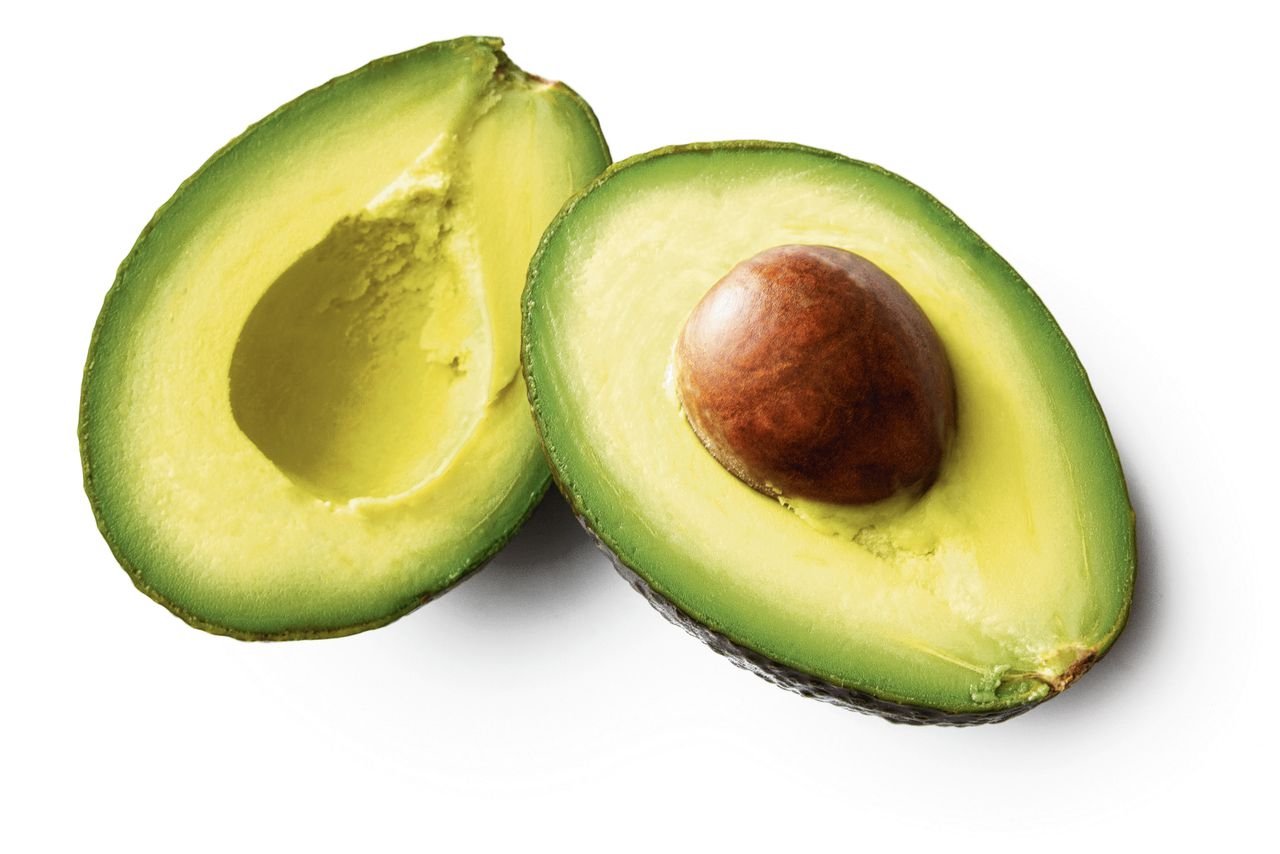Wheat
Wheat
Wheat
wheat
Wheat is a major diet that is consumed by more
than 2.5 billion people globally.
About the Wheat grains
Almost every day, particularly in urban areas, most Ugandans consume wheat products. Wheat, along with barley, arabica coffee, and potatoes, is a high-elevation crop not native to Uganda. Historical records indicate that wheat was introduced to Uganda in the early 20th century. Domestic consumption of wheat products has steadily increased over time. For instance, in 2010, Uganda consumed 131,000 metric tons of wheat, whereas today, consumption has risen to 480,000 metric tons.
The significance of wheat has grown not only domestically but also in the industrial sector. However, Uganda still relies on imports to meet its domestic wheat demand. Wheat production in Uganda amounted to 20,000 tons in 2018, a decrease from the previous year's 24,000 tons.
From origin regions of Africa
Ethiopia is the second largest wheat producer in Africa. Though wheat production has been increasing steadily in the past decades, the demand for the crop outstripped domestic supply and forced the country to cover about 30 % of the deficit through commercial imports and food aid. The utilization of wheat is rising
at 9 % annually while the production is increasing at 7.8
%, showing a continued widening between consumption and production.
- Wheat is among the most important staple food crops and a major diet that is consumed by more than 2.5 billion people globally.
- It is a staple food in all parts of the world and supplies 35 % of food and provides 20 % of the calories.
- Wheat is cultivated on an estimated 217 million ha, making it the most widely grown crop in the world, and in terms of production it accounts for 752 M tonnes
- The trade for wheat is greater than any other crops combined, where the amount traded globally reached 25 % of the production in 2018.
- Wheat is grown over a wide range of agro- ecologies ranging from arctic to humid regions, and from below sea-level polders in the Netherlands to 4500 m altitude in Tibet.
- In addition to its adaptability, the ease of grain storage and processing for foods and food products is another advantage of the crop.
- Indicative Price: On Request
- FOB
- Mode of payment Cash Against Documents ( CAD) or Confirmed Irrevocable or Discounting LC issued from a Prime Bank
We are here to help!
If you have any questions or would like to explore business opportunities with Platinum Links, please don’t hesitate to get in touch with us. We look forward to hearing from you and discussing how we can meet your commodity trading needs.
- A-03 Kingsgate Mall Plot No.117-118 Gaba Road, Kabalagala
- +256 200 912 274






